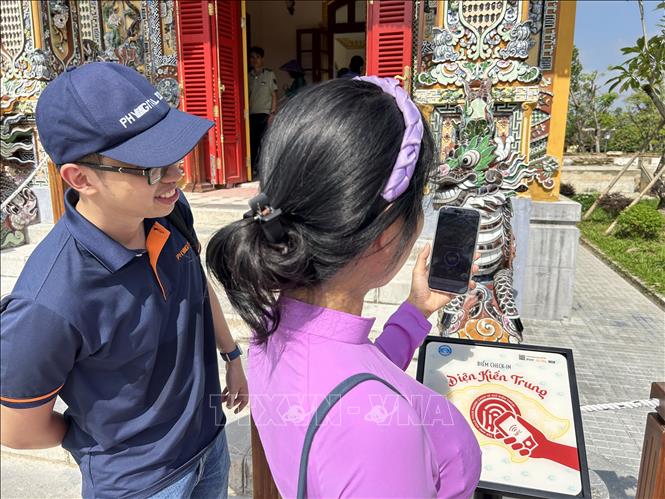
When technology breathes life into heritage
In the global wave of digital transformation, virtual reality technology has emerged as an effective tool to help travelers explore destinations in a new and more profound way. Beyond simply simulating images, the technology also has the potential to convey culture, enrich experiences, and contribute to the preservation of heritage values.
In Vietnam, the "Searching for the Lost Imperial Palace" product developed by the Hue Imperial Citadel Conservation Center is considered a prime example. Through AR Nreal Air Glass, visitors are transported back to the Nguyen Dynasty in a virtual reality setting, where court ceremonies, the changing of the guard at Ngo Mon Gate, and artistic performances at Duyet Thi Duong are vividly recreated at their original locations. Beyond reconstructing ancient architecture, the technology evokes historical memories and connects emotions, creating an authentic and culturally rich experience.
Digital technology is spreading not only in Hue but also in many other localities. In Quang Binh , MobiFone has collaborated with the Department of Culture, Sports and Tourism to implement a series of projects to digitize museums, cultural spaces of the Chut ethnic group, and especially tourist destinations in Phong Nha - Ke Bang. Thanks to the application of 360-degree photos, 3D models, virtual reality videos, and digital narration, viewers can explore remotely with an experience that closely resembles reality. "Technology not only helps preserve heritage better, but also acts as a bridge to bring heritage closer to the public, especially the younger generation," shared Mr. Phan Thanh Hoai, Director of MobiFone Quang Binh.
Notably, technology does not stop at simulation. When designed properly, virtual reality technology is not just a “technology demonstration” tool but can tell stories, convey culture, and enrich experiences at the destination. Mr. Dang Hong Nguyen Khang, PhD student at the New Jersey Institute of Technology - USA, commented that VR should not stop at simulating images. A truly attractive product needs to awaken many senses such as vision, hearing, emotions and must have cultural depth.
Simultaneously, artificial intelligence (AI) is also changing the way tourism businesses build products. Mr. Nguyen Tien Dat, General Director of AZA Travel Company, said that previously, tour design required experienced personnel with in-depth knowledge of the product, but now AI can completely handle most of this work, contributing to the personalization of the customer experience.
However, experts note that virtual reality technology cannot completely replace in-person experiences. Instead, it serves as a stepping stone to inspire, engage, and prepare users before participating in real-life tourism. Especially in the preservation and promotion of heritage to the community, technology is contributing to transforming "static" spaces into more vibrant and dynamic environments than ever before.
Towards a smart tourism ecosystem.
The explosion of XR technology, AI, and digital platforms is fundamentally changing the tourism business model. Thanks to digital platforms, businesses are no longer dependent on intermediary distribution channels but can directly reach users, provide services, and personalize itineraries with just a few taps on their phones.
Deputy Minister of Culture, Sports and Tourism Ho An Phong commented: “For tourism, digital transformation is inevitable and objective. When applying digital technology, artificial intelligence and smart platforms, the industry will develop very quickly and sustainably.”
To realize this goal, Vietnam has issued the Master Plan for Tourism Development until 2030, the Digital Transformation Project for the Tourism Industry, and projects to build smart tourism in localities. However, the digitalization journey still faces many challenges, especially in popularizing technology to various customer groups.
According to Master Tran Tuyen, from the Center for Sustainable Tourism Research and Development (CST), University of Social Sciences and Humanities - Vietnam National University Ho Chi Minh City, while younger tourists have a higher level of technological accessibility, VR experiences can be perfectly suitable for older tourists if designed simply and user-friendly.
Furthermore, many are concerned that technology will replace humans, especially the role of tour guides. However, Associate Professor Dr. Nguyen Thi Van Hanh, Director of CST, stated that technology does not eliminate the role of tour guides, but rather elevates them to become "living storytellers" in the virtual world. It is precisely the emotional interaction and the ability to guide authentically that makes humans an irreplaceable element.
Experts predict that 2025 will be the year when AR technology becomes widespread, similar to the spread of QR codes in recent years. The integration of AI, personalized experiences, and lightweight, user-friendly devices will unlock significant potential for the tourism industry. While there is still a long way to go, with supportive policies and proactive business initiatives, augmented reality technology is gradually becoming a driving force helping Vietnam's tourism industry adapt more quickly, extensively, and sustainably in the digital age.
Source: https://doanhnghiepvn.vn/van-hoa/cong-nghe-danh-thuc-gia-tri-di-san/20250716085928054








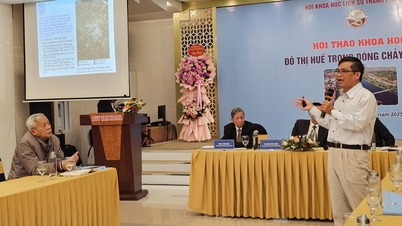



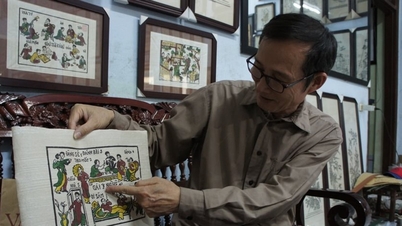





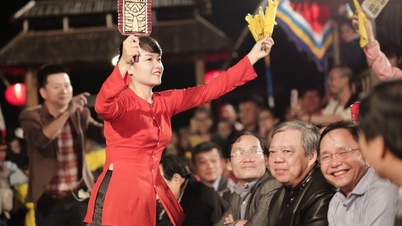
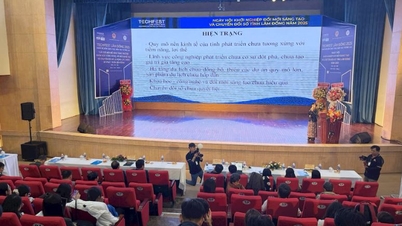

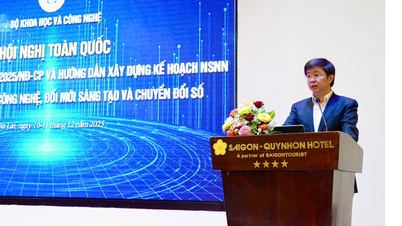

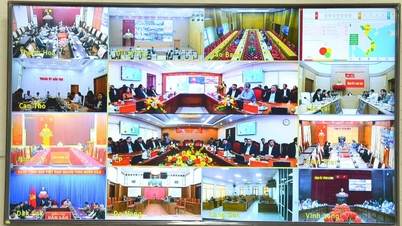
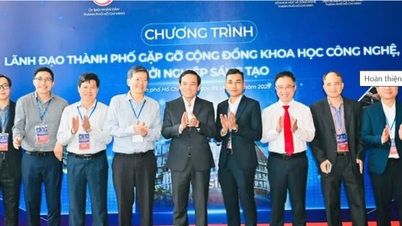
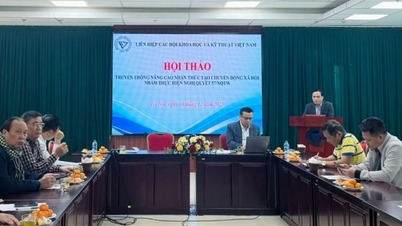





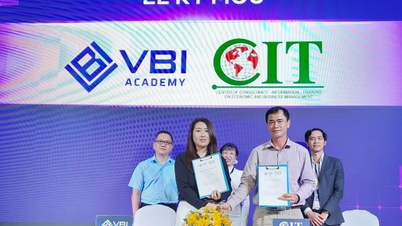
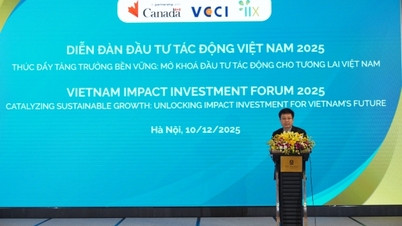
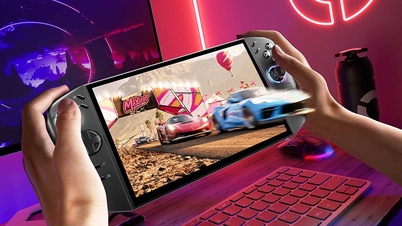
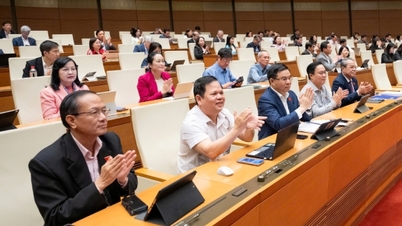
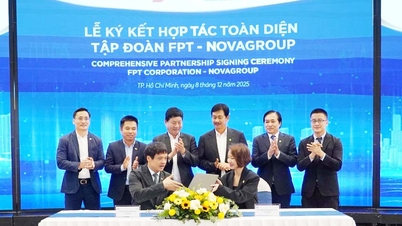


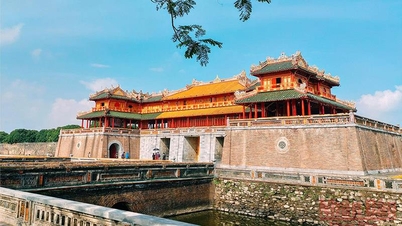

![[Video] The craft of making Dong Ho folk paintings has been inscribed by UNESCO on the List of Crafts in Need of Urgent Safeguarding.](https://vphoto.vietnam.vn/thumb/402x226/vietnam/resource/IMAGE/2025/12/10/1765350246533_tranh-dong-ho-734-jpg.webp)

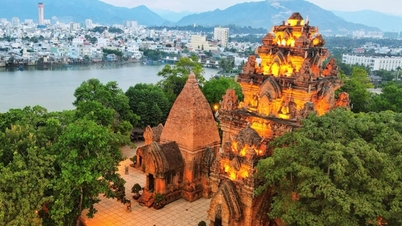










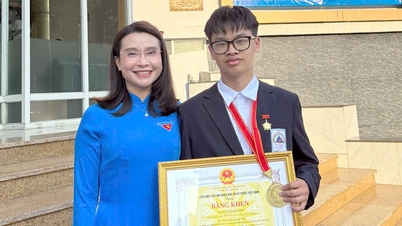



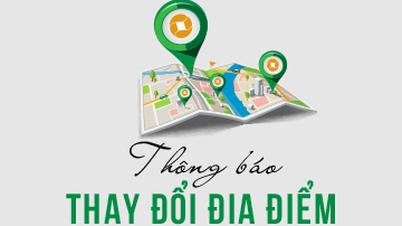
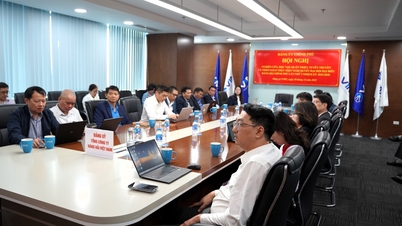


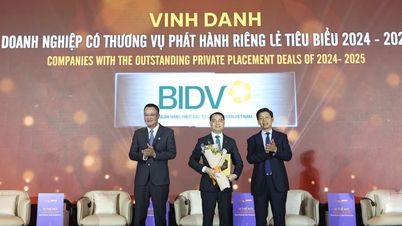
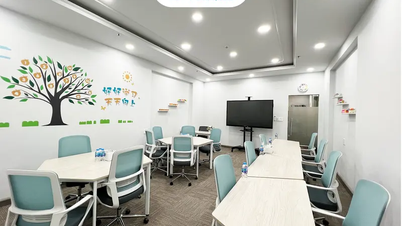














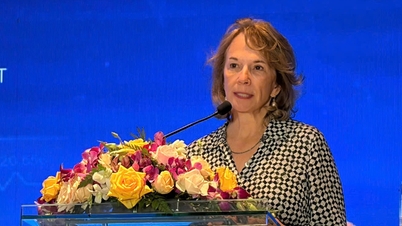
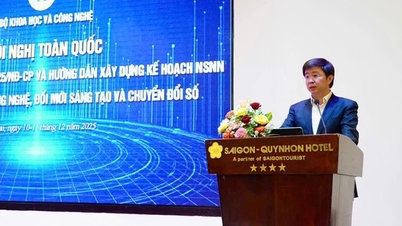


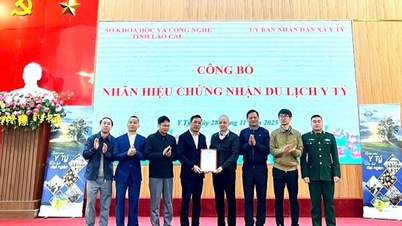



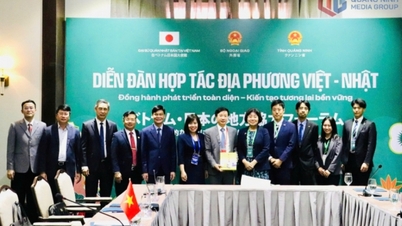

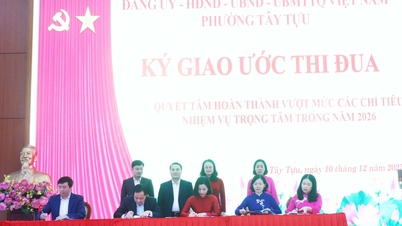
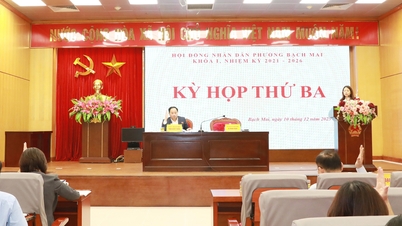
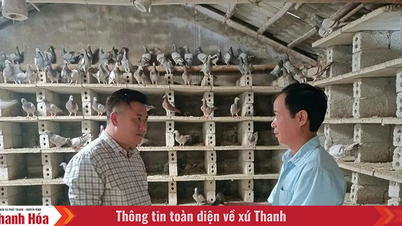

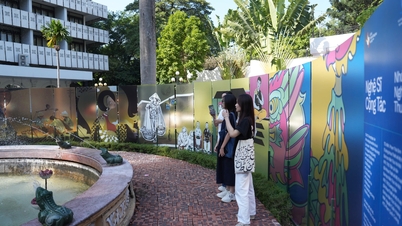

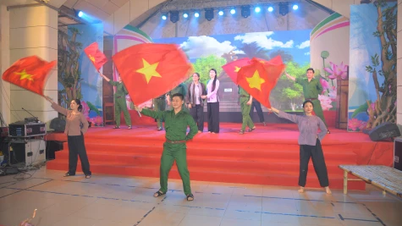











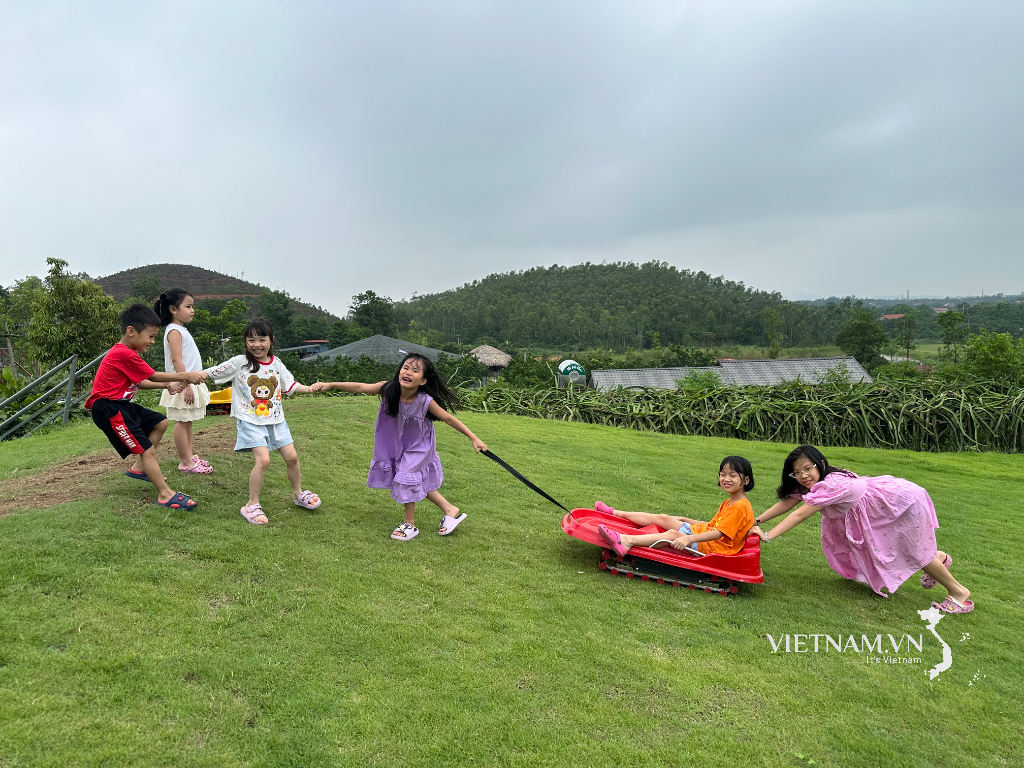







Comment (0)